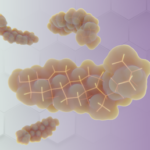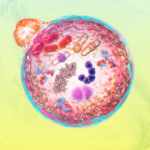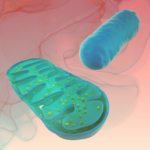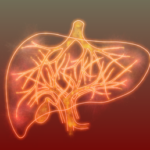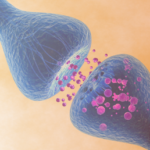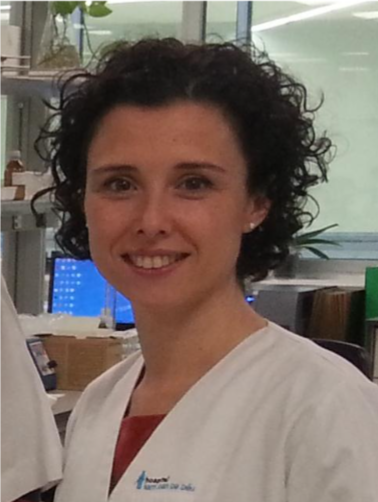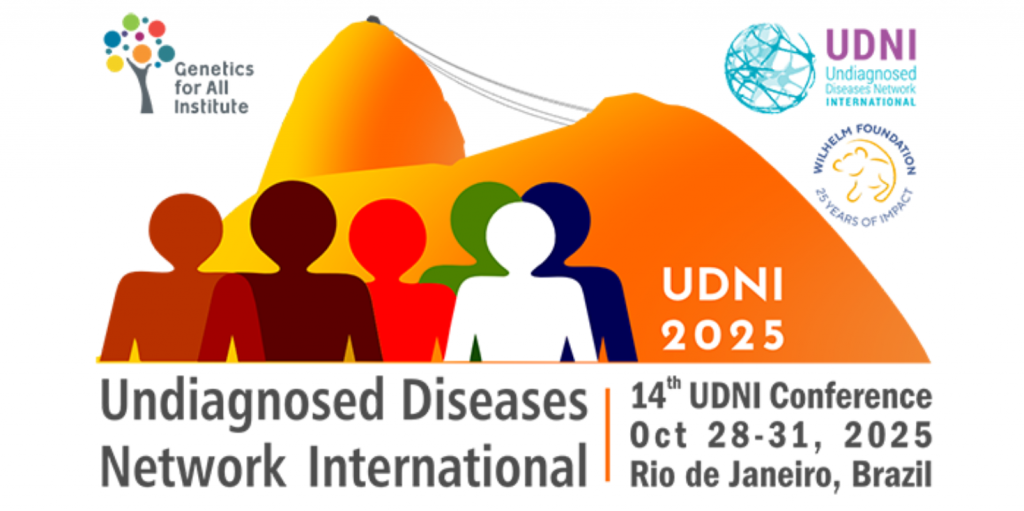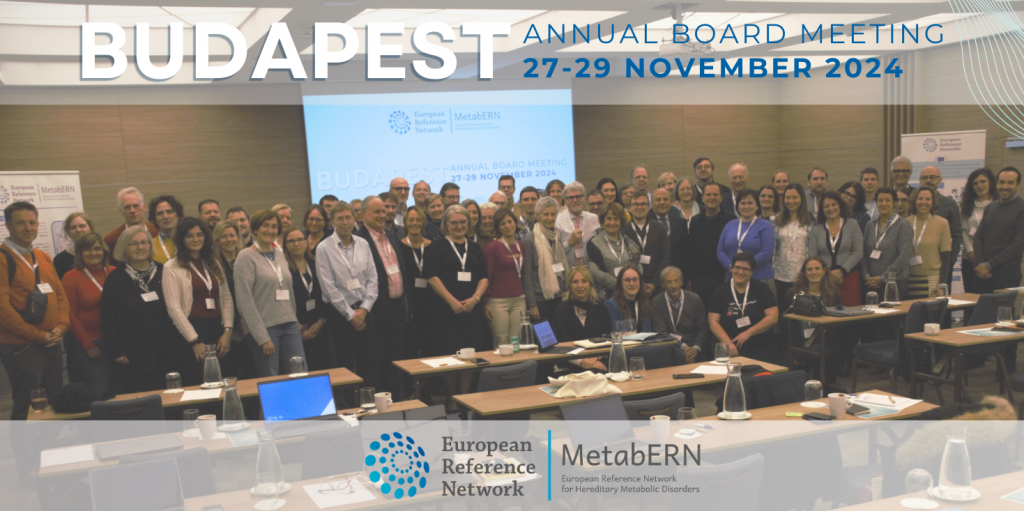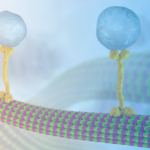
Congenital disorders of glycosylation and disorders of intracellular trafficking
Congenital disorders of glycosylation diseases constitute a group of over 100 inherited disorders characterised by protein and lipid hypoglycosylation. The vast majority are inherited in an autosomal recessive manner. These diseases result from defects occurring in various organelles such as the Golgi, the endoplasmic reticulum, and the sarcolemmal membrane, thus affecting a really important post-translational modification, namely glycosylation.
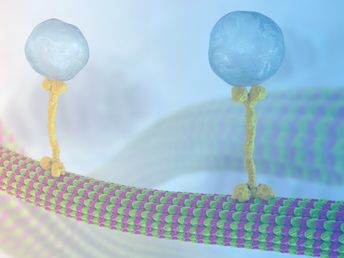
Impaired glycosylation is normally associated with a wide range of clinical manifestations. Congenital disorders of glycosylation, in fact, can affect any part of the body, and often they present with multiorgan involvement. Typically, many symptoms of CDG are linked to neurological and developmental disabilities. Other symptoms include cardiac disease, dysmorphism, hepatopathy, and hormonal issues.
Currently, there is no cure or effective treatment available for neurological congenital disorders of glycolsylation. The management of CDG patients depends on the individual’s specific symptoms. Some disorders may benefit from dietary therapy, including oral administration of simple sugars such as mannose or galactose, with the aim of improving hypoglycosylation. In some other cases, fructose and lactose restriction might be effective.
Objectives
The Congenital disorders of glycosylation subnetwork within MetabERN aims to:
- gain an overview of patients with congenital disorders of glycosylation diseases in the EU (e.g. which diseases, how many patients, clinical outcome, etc.).
- promote awareness towards congenital disorders of glycosylation diseases in the EU.
- facilitate the more rapid diagnosis of congenital disorders of glycosylation diseases in the EU as often a significant diagnostic delay is still present.
- improve and standardize management of congenital disorders of glycosylation in the EU.
- improve prospects of patients with congenital disorders of glycosylation disease in the EU by initiating and contributing to research and implementation of innovative therapies.
Organizational structure
The Congenital disorders of glycosylation subnetwork will consist of participating HCPs within the MetabERN with expertise in the field of congenital disorders of glycosylation diseases and will build on or seek collaboration with existing international collaborations and networks of HCPs in the field of congenital disorders of glycosylation diseases. Working groups will be formed to address different important topics within the field of congenital disorders of glycosylation diseases.
These include:
- Prevention & Screening for congenital disorders of glycosylation diseases.
- Diagnosis of (new) congenital disorders of glycosylation diseases (including identification of biomarkers).
- Management of congenital disorders of glycosylation diseases (development of clinical guidelines & care paths).
- Epidemiology & Outcome (participation in existing and development of new registries).
- Education and Training (development of E-learning tools, work-shops and courses).
- Virtual Counselling (for specific diseases at different HCPs with specific expertise).
- Patient Empowerment (organization of patient meetings and interaction with patient organizations).
- Research (fundamental, translational, clinical).
The executive board of the Congenital disorders of glycosylation subnetwork will be formed by the chairpersons of the working groups. An advisory board (with members of patients organizations, policy makers, etc) will be appointed to monitor the different activities of the Congenital disorders of glycosylation subnetwork.

